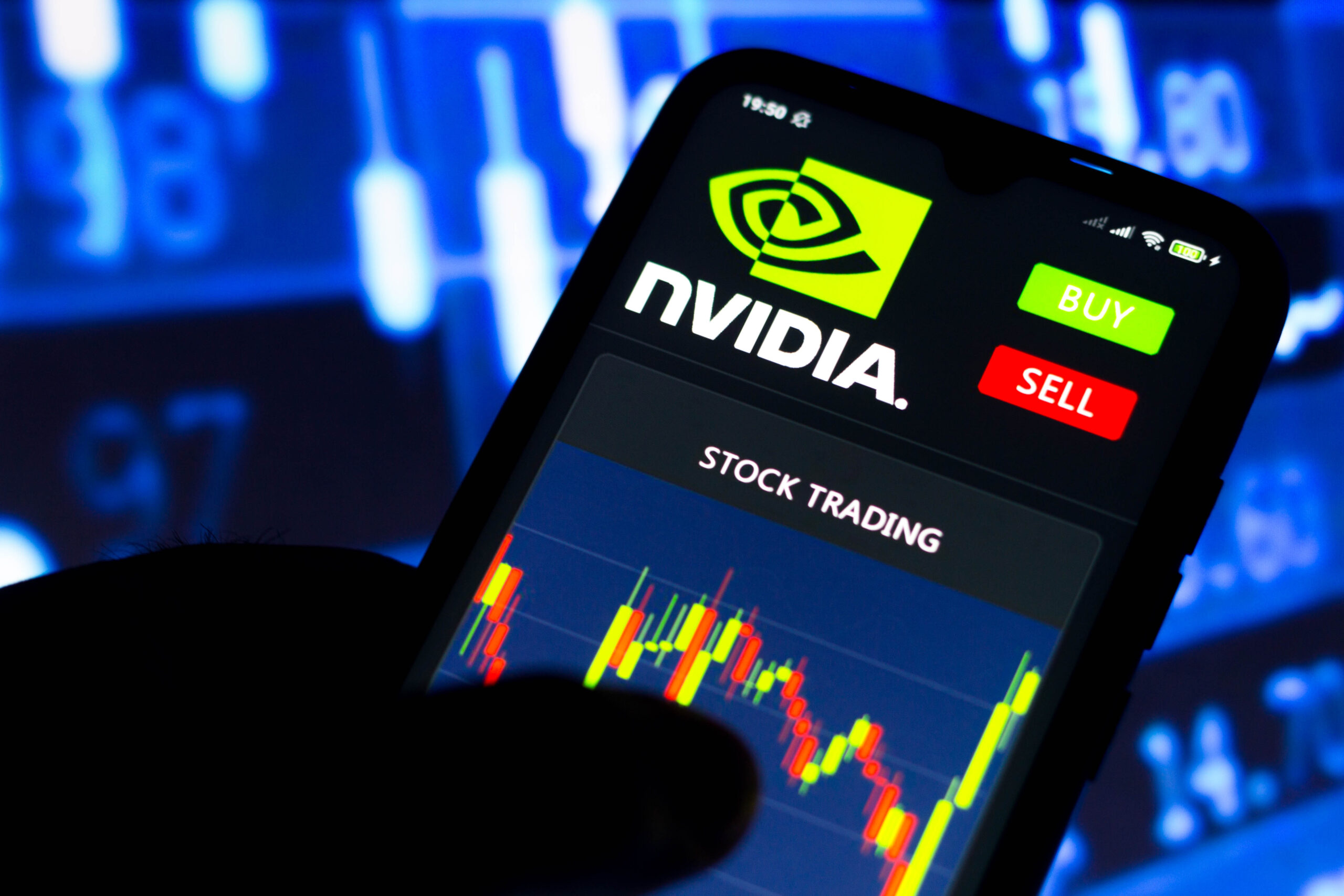Nvidia, the leading chipmaker, has reported a remarkable surge in sales for its second fiscal quarter, defying expectations and cementing its position as a dominant player in the AI industry.
As per CNBC, the company’s sales grew by 171% to reach a total of $13.51 billion, a testament to the soaring demand for its AI chips, particularly the highly sought-after. What sets Nvidia’s Q2 performance apart is the expansion of its gross margin, which increased by over 25 percentage points to 71.2%.
$NVDA NVIDIA Q2 FY24.
Quarter ending July 2023.
• Revenue +88% Q/Q to $13.5B ($2.4B beat).
• Gross margin 70% (+5pp Q/Q).
• Operating margin 50% (+21pp Q/Q).
• Non-GAAP EPS $2.70 ($0.61 beat).Q3 FY24 guidance:
• Revenue ~$16.0B ($3.6B beat). pic.twitter.com/vDoYXA8jeF— App Economy Insights (@EconomyApp) August 23, 2023
This feat is even more notable considering that it pertains to a physical product, defying the norms of profitability. Nvidia’s stock price also witnessed a boost, surging by more than 6% after the earnings report. This substantial increase adds to the company’s already remarkable gain of over 200% in stock price this year.
High demand for AI chips to persist, securing increased supply
The driving force behind Nvidia’s exceptional performance is the soaring demand for its AI chips, particularly the H100. This demand is projected to remain high through the coming year, prompting the company to secure an increased supply of chips to meet the needs of tech companies.
Nvidia’s net income of $6.7 billion in the quarter marks a remarkable 422% increase compared to the same period in 2022. According to CNBC, this growth has led analysts to revise their price targets for Nvidia, with one analyst raising the target to $1,600, a potential “3x move from here.”

Software and complexity drive gross margins
Nvidia’s ability to achieve high gross margins in the AI sector is allegedly attributed to the significant contribution of its software and the complexity of its products. Unlike other competitors, Nvidia’s AI software, known as Cuda, plays a pivotal role in customer retention, making it challenging for them to switch to alternatives like AMD. The integration of software and complexity in Nvidia’s products has been a driving factor in its robust gross margin expansion.
Nvidia’s strategic approach includes the creation of complex and expensive systems, such as the HGX box. This system combines eight H100 GPUs into a single computer, with a supply chain involving 35,000 parts. The HGX box, priced at around $299,999, presents a premium option compared to the volume price of $25,000 to $30,000 for a single H100 chip. The adoption of such systems by cloud service providers further contributes to Nvidia’s profitability.
Industry analysts are unanimous in their praise for Nvidia’s AI solutions, acknowledging the company’s position in the field. One analyst even predicts that Nvidia’s valuation could reach an impressive $2 trillion, placing it among the top four largest companies globally, trailing only behind Apple, Microsoft, and Saudi Aramco. This forecast underscores Nvidia’s pivotal role in shaping the future of AI technology and its profitability.









 and then
and then